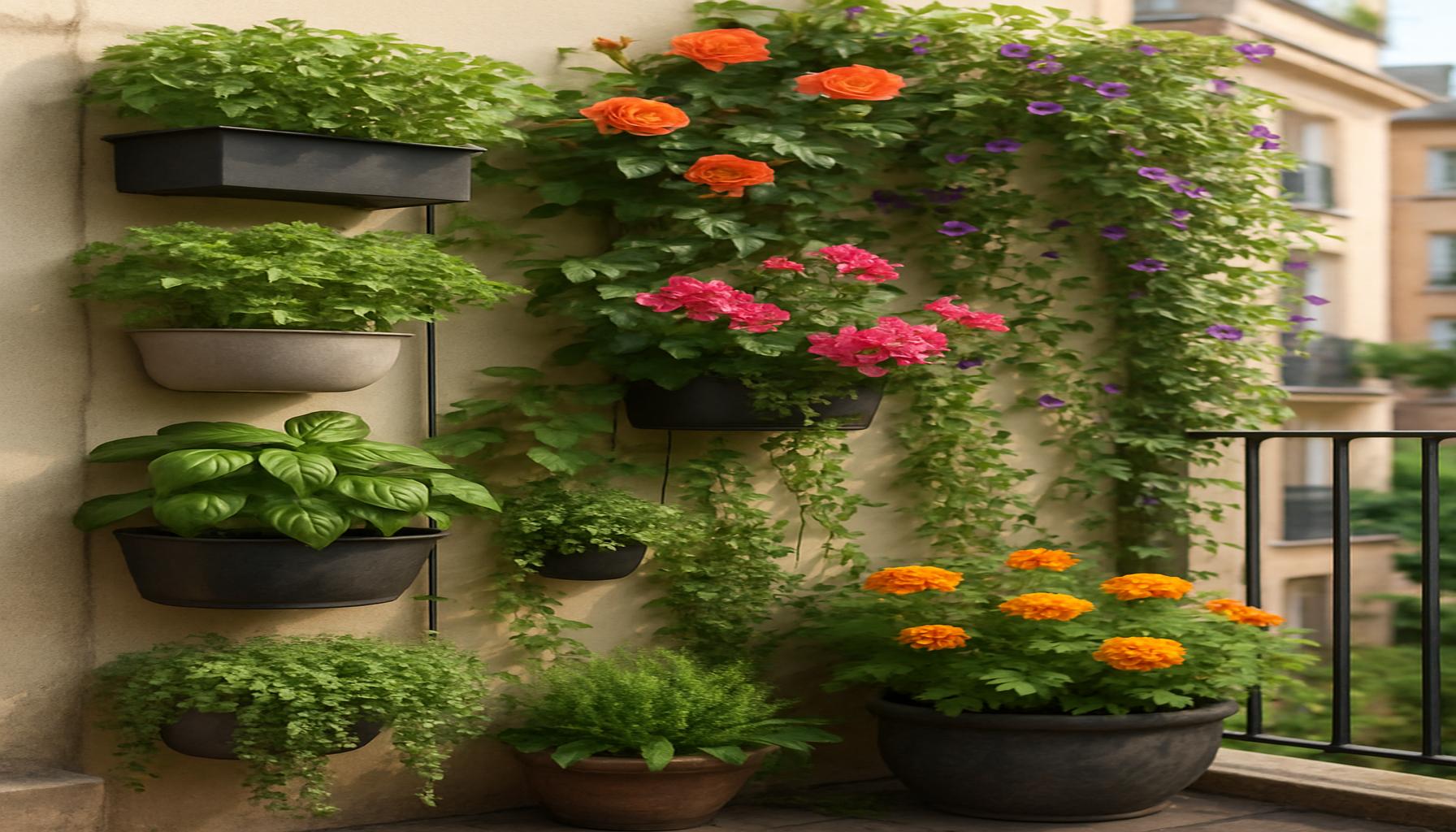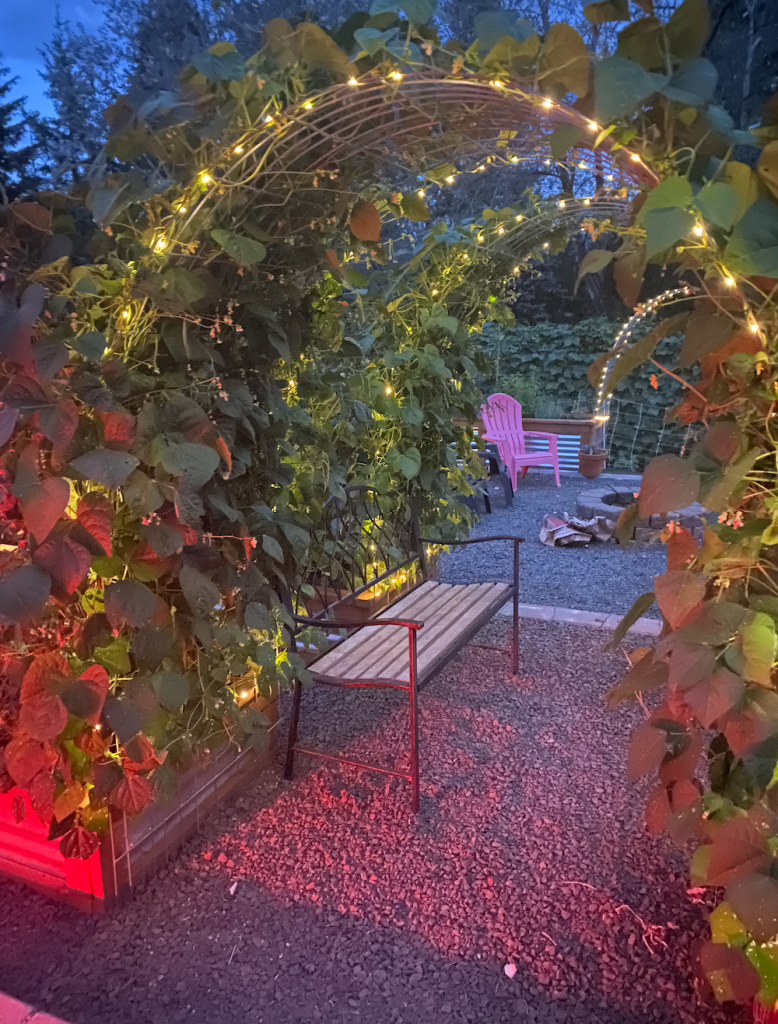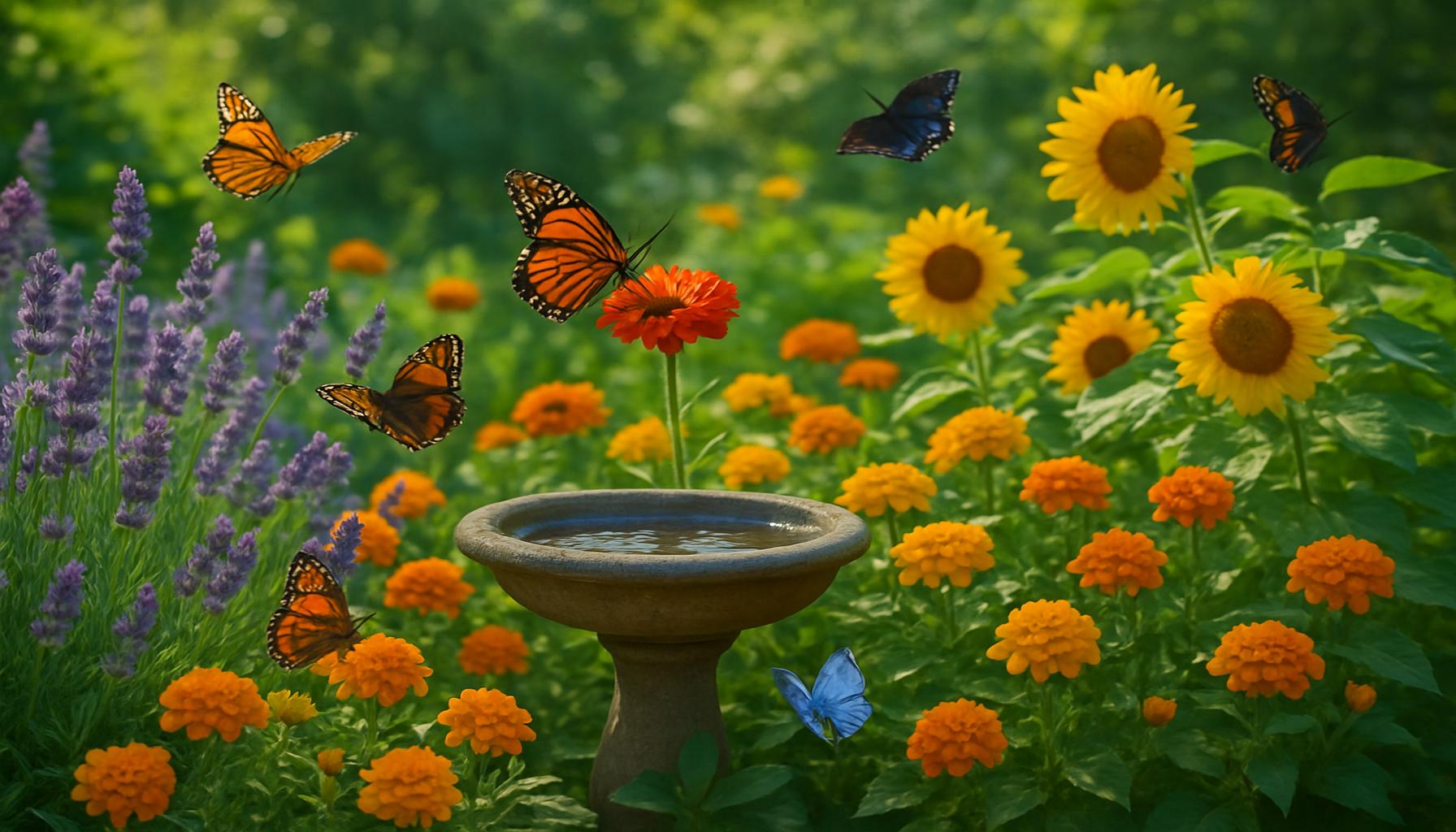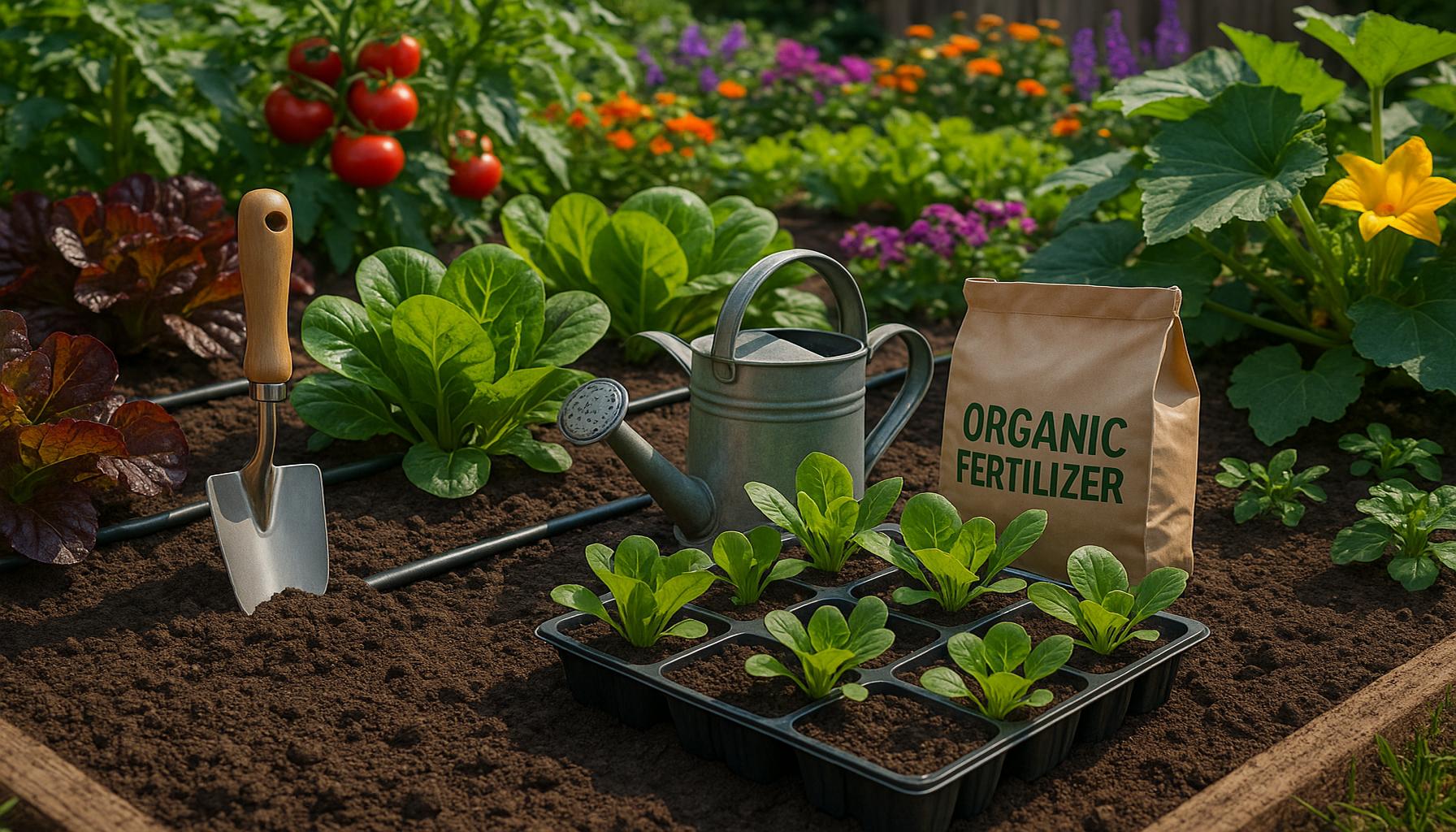The Art of Vertical Gardening: Transforming Small Spaces into Luxurious Gardens

Embrace the Vertical Revolution
As urban areas continue to expand, many individuals find themselves contending with the challenges of limited outdoor space for gardening. This is where the transformative idea of vertical gardening comes into play, emerging not just as a solution but as a lifestyle choice that combines functionality with artistry. By utilizing vertical space, city dwellers can cultivate lush gardens that bring nature into their homes, enhancing both visual appeal and environmental health.
Why Choose Vertical Gardening?
The appeal of vertical gardening goes beyond mere aesthetics; it presents a multitude of significant advantages:
- Space Efficiency: For those living in urban settings such as New York City or San Francisco, where balcony and yard sizes can be minimal, vertical gardens make the most of these compact spaces. Whether it’s utilizing wall-mounted racks or a simple hanging planter, every square foot counts.
- Air Quality Improvement: Indoor plants, particularly varieties like spider plants and peace lilies, significantly filter pollutants from the air. In bustling cities, where air quality can be compromised, having a vertical garden not only beautifies your living area but also contributes to improved health for you and your family.
- Creative Expression: Vertical gardening allows individuals to express their unique style. By choosing diverse plant varieties and textures, from lush ferns to colorful flowering vines, you transform a bland wall or balcony into a vibrant display of nature. Artists and DIY enthusiasts particularly find joy in customizing their vertical landscapes, merging art with nature.
How to Get Started
Making the leap into vertical gardening is a manageable task that anyone can undertake. Here are some essential elements to consider:
- Plant Selection: Start with plants that thrive in vertical settings. Consider low-maintenance herbs like basil and mint for culinary enthusiasts, or opt for decorative succulents that lend a trendy touch with minimal care. Flowering vines such as morning glories can also add a burst of color and charm to your garden.
- Support Structures: Selecting the right structures to support your plants is crucial. Trellises, wall-mounted planters, and pocket gardens can be tailored to fit your unique space. For example, you can build a vertical planter from reclaimed materials, offering a rustic look while being environmentally friendly.
- Maintenance: Regular watering and pruning are vital to keep your vertical garden flourishing. Utilizing a drip irrigation system can simplify maintenance, ensuring that each plant receives adequate water without excessive effort. Don’t forget to monitor plant health and adjust as needed; a thriving garden reflects attentive care.
With the increasing momentum of the green movement, vertical gardening stands as an accessible and impactful choice for those residing in urban environments. By exploring this innovative approach, you can easily transform your small space into a vibrant green oasis that enhances your living experience while contributing positively to the environment. Consider starting your vertical garden today, and discover the profound impact it can have on your life and community.
DISCOVER MORE: Click here to unlock your storytelling potential

Unlocking the Potential of Small Spaces
The art of vertical gardening is not merely a trend but rather a revolutionary solution for those grappling with limited space. In densely populated cities across the United States, the quest for greenery often clashes with the constraints of urban living. However, through vertical gardening, even the smallest of balconies or walls can become a spectacular green retreat. This ingenious approach effectively redefines traditional gardening techniques, harmonizing nature with the confines of urban architecture.
Vertical Gardening Techniques to Consider
Before diving into the world of vertical gardening, it’s essential to familiarize yourself with a few key techniques that can maximize your garden’s potential:
- Living Walls: One of the most visually striking options, living walls consist of a structure covered in a variety of plants. These walls can be custom-designed to fit any space, from large outdoor areas to small indoor locations. They not only create a stunning visual impact but also improve indoor air quality and provide insulation benefits.
- Hanging Gardens: Utilizing tiered planters or suspending pots from ceilings or hooks is a fantastic way to add layers to your garden without taking up valuable floor space. This approach works especially well for herbs and small flowering plants, allowing you to create a fragrant and beautiful display.
- Trellis Systems: Perfect for climbers and vines, trellis systems support plants as they grow vertically. These systems can serve as privacy screens or decorative backdrops, making them ideal for small patios or gardens. Training plants like peas or cucumbers to climb upwards on a trellis not only saves space but also yields additional crops.
Creating Your Vertical Garden Plan
Establishing a successful vertical garden requires careful planning and thoughtful design. Here are some crucial aspects to consider when creating your own vertical oasis:
- Assess Sunlight Availability: Just like traditional gardens, vertical gardens thrive on adequate sunlight. Opt for a location that receives at least six hours of sunlight each day. Make sure to choose plants that are well-suited for your lighting conditions, balancing sun-loving plants with shade-tolerant varieties if dealing with partial light.
- Soil and Drainage: Choosing the right soil mix is crucial for the health of your plants. Use lightweight, well-draining soil to prevent water buildup, which can suffocate roots. Incorporating a drainage system into your vertical garden allows excess water to escape, keeping your plants happy and healthy.
- Design and Layout: Before planting, sketch a layout of your vertical garden. Consider the color palette, plant height, and textures to create a cohesive and visually appealing arrangement. Grouping plants with similar watering and sunlight needs can simplify maintenance while enhancing the overall design.
By understanding these core principles of vertical gardening, you can transform even the smallest spaces into luxurious sanctuaries. This innovative approach not only beautifies your home but also fosters a deeper connection with nature, promoting well-being and joy in your daily life.
| Advantages | Details |
|---|---|
| Space Efficiency | Vertical gardening utilizes walls and structures, making it perfect for small spaces and urban settings. |
| Enhanced Aesthetics | Transforms ordinary walls into living art, enhancing the visual appeal and providing a luxurious garden experience. |
| Air Quality Improvement | Plants are natural air purifiers, contributing to better indoor air quality and creating a healthier environment. |
| Accessibility | Plants can be arranged at eye level, making it easier to maintain and enjoy, especially for those with mobility issues. |
Vertical gardening is not only an innovative solution for space-constrained environments but also an artistic approach to gardening that can make any area feel inviting and serene. Whether you are looking to enhance a balcony, terrace, or indoor space, the idea encourages personal expression through the selection of plants, colors, and arrangements. Discover the transformative power of vertical gardening, allowing you to curate your own vibrant, green oasis amidst the bustling urban landscape. As you explore vertical gardening techniques further, you may find inspiration in the variety of systems available, from simple wall planters to advanced hydroponic setups, each with its own benefits, materials, and aesthetic possibilities.
DISCOVER MORE: Click here for tips on eco-friendly gardening
Elevating Aesthetics and Functionality
Beyond its practical advantages, vertical gardening plays a pivotal role in enhancing the beauty and functionality of small living spaces. Utilizing creative designs and innovative plant selections can elevate an otherwise mundane area into a breathtaking focal point. By incorporating a myriad of colors, textures, and scents, you can curate an outdoor experience that transcends the conventional boundaries of gardening.
Choosing the Right Plants for Vertical Gardens
When selecting plants for your vertical garden, it’s essential to consider not only aesthetics but also how well they will adapt to a vertical structure. Some of the best choices include:
- Succulents: With their variety of shapes and colors, succulents can provide an eye-catching display. Additionally, they require minimal watering and thrive in sunlight, making them ideal for both outdoor and indoor vertical gardens.
- Ferns: For a more lush, green appearance, consider ferns. They do well in shaded areas, allowing for creative layering with sunnier plants. Their trailing nature pairs well within a vertical design, creating a cascading effect that softens edges.
- Herbs: Not only do herbs add culinary value, but they can also contribute delightful fragrances to your home. Basil, rosemary, and mint are popular choices that grow well in vertical setups, providing both beauty and functionality.
- Flowering Plants: Include cascading or climbing flowering plants like nasturtiums or sweet peas for added color and vibrancy. These plants can bring joy to your space while attracting pollinators, enhancing biodiversity in urban environments.
Choosing the right plants can drastically alter the atmosphere of your vertical garden. Researching the habitat preferences of each variety ensures successful cultivation, yielding a flourishing vertical sanctuary.
Vertical Gardening as an Eco-friendly Solution
Beyond aesthetics, vertical gardening serves as an environmental ally by improving air quality and contributing to urban ecology. Plants absorb carbon dioxide and release oxygen, directly combating pollution in densely populated regions. A vertical garden can also act as an effective insulator for homes, regulating indoor temperatures and reducing energy costs.
Moreover, vertical gardens can be designed with sustainability in mind by incorporating features like:
- Rainwater Harvesting: Collecting rainwater can provide a sustainable irrigation source for your vertical garden. By installing a small rain barrel or drainage system, homeowners can utilize natural resources to maintain their greenery.
- Compost Systems: Integrating a compost system within your vertical garden setup can enrich the soil while fostering a sustainability ethos. Composting kitchen scraps not only diverts waste from landfills but also provides nutrient-rich soil, enhancing plant health.
- Pollinator Gardens: By including native flowering plants, you can attract essential pollinators such as bees and butterflies. This not only supports biodiversity but also contributes to the health of local ecosystems.
The concept of vertical gardening serves as a bridge between urban living and nature, enabling individuals to embrace sustainable practices while enjoying the benefits of greenery. As this gardening art form continues to flourish, urban dwellers will find themselves more connected to the natural world, embracing an eco-conscious lifestyle amid the concrete jungles of the United States.
DIVE DEEPER: Click here to discover more about creative writing
Conclusion: Embracing the Vertical Gardening Revolution
In a world where urban landscapes are often littered with concrete and limited green space, vertical gardening emerges as a transformative solution that not only beautifies small areas but also enhances environmental sustainability. By creatively utilizing vertical space, small living areas can be transformed into luxurious gardens that offer both an aesthetic appeal and numerous practical benefits.
The careful selection of plants—ranging from vibrant succulents and lush ferns to fragrant herbs and colorful flowering varieties—allows for a personalized touch, catering to individual tastes and lifestyle needs. Moreover, as these vertical gardens flourish, they actively contribute to cleaner air and improved biodiversity, serving as essential green lungs in densely populated areas.
As urban dwellers increasingly seek ways to reconnect with nature, the art of vertical gardening offers an eco-friendly approach that encourages sustainable practices such as rainwater harvesting and composting. This gardening technique not only addresses land-use challenges but promotes a deeper understanding of our natural environment and the importance of biodiversity.
Ultimately, vertical gardening is more than a trend; it is a movement that inspires creativity and a responsible lifestyle, fostering a commitment to conserving nature amidst the hustle and bustle of city life. By embracing this innovative practice, anyone can unlock the full potential of their space, woven seamlessly into the fabric of urban living.


